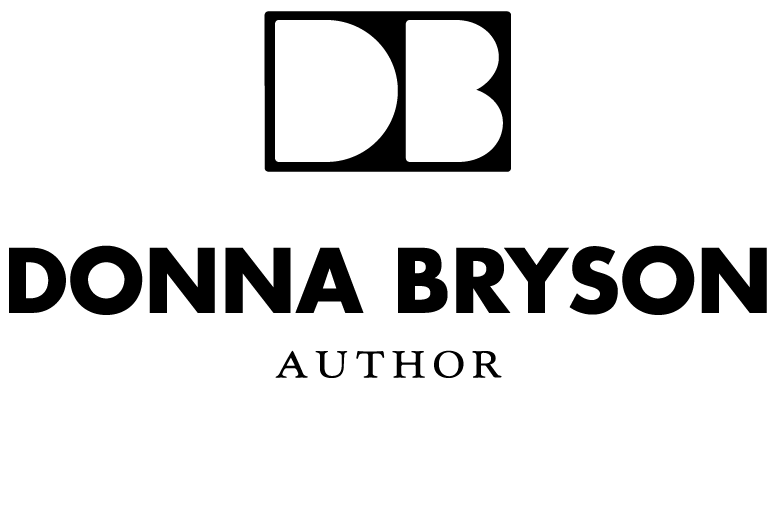Free Shakespeare in the Park was one of my joys of summer in New York when I lived there in the early 1990s.
It wasn’t just the excellence of the productions by the Public Theater. I enjoyed the whole experience from the moment I arrived to collect my free tickets. I’d be loaded down with books and magazines as if for a day at the beach. I’d bring along a packed lunch and dinner and spread my blanket at my spot in the line for a day of reading, eating, chatting with other theater lovers and watching people play softball and toss Frisbees. I loved the way playgoers always left space in the middle of our looping line for people to play games.
Once, when the play (I think it was “The Tempest”) was being performed in Spanish, the book I brought along was my paperback Complete Shakespeare. I read the evening’s play in English so as to be sure to have the plot fresh in mind before watching the action in a language I did not understand. As it turned out, the performance was so expert that I don’t think I would have missed anything even if I hadn’t rebooted my memory before the show.
Years later, while living in India, I saw a kathakali production of “Othello.” Kathakali is one of the many forms of classical Indian dance. The “Othello” I saw was “spoken” entirely in movement and gesture – no words at all. Yet I felt I understood every word. I still remember how moved I was watching the dancer playing Othello, in vibrant kathakali make-up and costume, perform the lines: “She loved me for the dangers I had passed. And I loved her that she did pity them.”
The coronavirus meant there was no Shakespeare in the Park this summer. Instead, the Public Theater produced a version of “Richard II,” the play that would have been performed in the park, for New York public radio station WNYC. It was performed with music, sound effects and narration to help set the scenes and ensure the audience could follow the action. It was aired live in four episodes in July. I did not have a chance to listen live. Instead, my husband, daughter and I listened to the recording on line the following week. You can find the recording here.
The director of this “Richard II,” Saheem Ali, was born and raised in an Indian family in Kenya. He brought to the play a sense of how Shakespeare unites the former British colonies. Ali cast African-Americans (my daughter kept remarking as we listened that André Holland as Richard was superb), West Indians, Indian-Americans. An African-American woman, Miriam A. Hyman, played Bollingbroke. Hearing a woman’s voice helped us keep track of who was speaking, as well as underlined a point Ali wanted to make about who is denied opportunities to lead.
Each episode of the radio production began with interviews with cast members and with Shakespeare scholars. Several cast members spoke of how Shakespeare’s metaphors, humor and rhythms reminded them of listening to relatives and friends chat on porches in the American South or the Caribbean. Iambic pentameter unites storytellers, at least in the parts of the world influenced by Shakespeare.
Listening to the commentary before the play started was the pandemic equivalent of waiting in the park all day for tickets. My family listened as we ate dinner on our patio, looking out at the same stars I had seen from the open-air Delacorte in Central Park.
At home in Denver, I felt we were part of a vast theater-loving community. Even if we hadn’t all warmed up by sitting on the grass together watching a softball game.
